How it is grown and its organoleptic characteristics
Homemade Sicilian pasta
Typically aliesi are cavatieddi and maccarrùna, everyone in town knows how to talk about them. Enriched with tasty condiments, they are known in various parts of the island, but cunzàti cu l`astrattu were born in Alia, the local elders assert. According to some scholars, the Sicilians since the Middle Ages were called mangiamaccarrùna, according to others, they were also the inventors of pasta and empirical tools for its manufacture and in this case of busi, water guard irons and juncu threads with which the housewife alisa helped herself to work the pasta. Homemade pasta, with the arrival of industrial civilization, had been banned from our modern kitchens, as Lalia's woman also wanted to feel emancipated and refined, proudly serving the industrial "product".
For some years, however, since there is a tendency to the recovery and maintenance of peasant traditions, the homemade pasta has been fully revalued and it often happens to admire on the canteens of our Paisani, spirlonga of cavatieddi and maccarrùna with sauce , which are greeted with approving smiles by young people and awaken in the hearts of those who are "of a certain age" sweet memories of past times.
Our dish, in its original version, or with some retouching, unlike the fate of lu pitirri, has long been included in the list of precious restaurants and renowned trattorias. Fresh pasta is offered in different formats, but the Aliesi are proud of cavatieddi and maccarùna, who boast their leadership.
On a shelf (formerly the maidda and lu scanatùri), the durum wheat flour (which can be found in some mills in the area) is mixed with a little salt and warm water, which is added as needed. At first the mixture is frisculìa (crumbles between the fingers) and is worked for a long time with the hands, until obtaining a soft, smooth and elastic dough. It is gradually flattening cu lu sagnaturi (the rolling pin), whose roughness favors the perfect processing of the dough and it is thinning into a consistent sheet that turns around and is often dusted with flour, to prevent the dough from sticking.
Once you have formed a nice pàmpina half a centimeter thick, roll it up not too tightly and cut out sticks two centimeters longer than cold and five centimeters more maccarrùna. One at a time, they are passed one by one on a knitting needle and the other on a reed thread, with a crawling motion so that the dough adheres around the tool. It goes back and forth by pressing with the palm of the hand and with a decisive and prolonged final tap that evokes respectively an Argentine tinkle and the rustle of straw. Pleasant music that gladdened our childhood when mothers were preparing to finish the work of art!
Now lu cavatieddu (a kind of fusillo) and lu maccarrùni (big, bucatino) take off from the tool and gradually let themselves dry on the tablecloth. The pasta (one or the other shape) is boiled in plenty of water with the addition of salt during boiling, drain well and season with cu l`astrattu and ricotta salata, if you want to respect tradition. Here is a first course of our modern and sophisticated tables. Unique and inimitable dish of the past with an exhilarating flavor, pride above all of the Aliese cuisine.
Related products
-
Sicilian organic durum wheat fusilli
Price: €1.73Sicilian organic durum wheat fusilli nr. 1 pack of 500gr Packing 500gr.... -
500g of Sicilian durum wheat Penne rigate Vallolmo
Price: €1.83Nr. 1 packages of 0.5 kg of Vallolmo pasta, Sicilian durum wheat Penne... -
500g of Sicilian durum wheat Penne Siciliane Vallolmo
Price: €1.83Nr. 1 packages of 0.5 kg of Vallolmo pasta, Sicilian durum wheat Penne... -
500g of Sicilian durum wheat Penne Lisce Vallolmo
Price: €1.83Nr. 1 packages of 0.5 kg of Vallolmo pasta, Sicilian durum wheat Penne Lisce... -
500g of Sicilian durum wheat Ditalini Rigati Vallolmo
Price: €1.83Nr. 1 packages of 0.5 kg of Vallolmo pasta, Sicilian durum wheat Ditalini... -
500g of Sicilian durum wheat Ditalini Lisci Vallolmo
Price: €1.83Nr. 1 packages of 0.5 kg of Vallolmo pasta, Sicilian durum wheat Ditalini... -
500g of Sicilian durum wheat Ditali Rigati Vallolmo
Price: €1.83Nr. 1 packages of 0.5 kg of Vallolmo pasta, Sicilian durum wheat Ditali... -
500g of Sicilian durum wheat Rigatelli Vallolmo
Price: €1.83Nr. 1 packages of 0.5 kg of Vallolmo pasta, Sicilian durum wheat Rigatelli... -
500g of Sicilian durum wheat Rigatoni Vallolmo
Price: €1.83Nr. 1 packages of 0.5 kg of Vallolmo pasta, Sicilian durum wheat Rigatoni... -
500g of Sicilian durum wheat Mezze Penne Rigate Vallolmo
Price: €1.83Nr. 1 packages of 0.5 kg of Vallolmo pasta, Sicilian durum wheat Mezze Penne... -
500g of Sicilian durum wheat Mezze Penne Lisce Vallolmo
Price: €1.83Nr. 1 packages of 0.5 kg of Vallolmo pasta, Sicilian durum wheat Mezze Penne... -
500g of Sicilian durum wheat Italianini Vallolmo
Price: €1.83Nr. 1 packages of 0.5 kg of Vallolmo pasta, Sicilian durum wheat Italianini... -
500g of Sicilian durum wheat Sedani Lisci Vallolmo
Price: €1.83Nr. 1 packages of 0.5 kg of Vallolmo pasta, Sicilian durum wheat Sedani... -
500g of Sicilian durum wheat Fili D'Oro Vallolmo
Price: €1.83Nr. 1 packages of 0.5 kg of Vallolmo pasta, Sicilian durum wheat Fili D'Oro... -
500g of Sicilian durum wheat Corallini Vallolmo
Price: €1.83Nr. 1 packages of 0.5 kg of Vallolmo pasta, Sicilian durum wheat Corallini... -
500g of Sicilian durum wheat Lumaconi Vallolmo
Price: €1.83Nr. 1 packages of 0.5 kg of Vallolmo pasta, Sicilian durum wheat Lumaconi... -
500g of Sicilian durum wheat Spaghetti Vallolmo
Price: €1.83Nr. 1 packages of 0.5 kg of Vallolmo pasta, Sicilian durum wheat Spaghetti... -
500g of Sicilian durum wheat Linguine Vallolmo
Price: €1.83Nr. 1 packages of 0.5 kg of Vallolmo pasta, Sicilian durum wheat Linguine... -
500g of Sicilian Whole Penne from Sicilian durum wheat Vallolmo
Price: €2.12Nr. 1 packs of 0.5 kg of Vallolmo pasta, Penne Siciliane Integrali of... -
500g of whole wheat Ditaletti Rigati of Sicilian durum wheat Vallolmo
Price: €2.12Nr. 1 packages of 0.5 kg of Vallolmo pasta, whole wheat Ditaletti rigati of... -
500g of Fusilli Integrali of Sicilian durum wheat Vallolmo
Price: €2.12Nr. 1 packages of 0.5 kg of Vallolmo pasta, Fusilli Integrali of Sicilian... -
6 kg of bronze drawn Calamaretti artisanal pasta
Price: €36.546 kg of artisanal Calamaretti pasta of 100% Sicilian durum wheat from... -
6 kg of artisanal Spaccatelle rustic bronze drawn pasta
Price: €36.546 kg of artisanal Spaccatelle pasta made of 100% Sicilian durum wheat from a... -
6 kg of artisan pasta Radiatori bronze drawn
Price: €36.546 kg of artisanal pasta Radiatori of 100% Sicilian durum wheat from a... -
6 kg of artisan pasta Ruote di Carro bronze drawn
Price: €36.546 kg of artisanal pasta Ruote di Carro of 100% Sicilian durum wheat from a... -
6 kg of artisan pasta Mezze Maniche Rigate bronze drawn
Price: €36.546 kg of artisanal pasta Mezze Maniche Rigate of 100% Sicilian durum wheat... -
6 kg of artisan pasta Busiate bronze drawn
Price: €38.466 kg of artisanal pasta Busiate of 100% Sicilian durum wheat from a... -
Sicilian organic durum wheat Chifferi
Price: €1.73Sicilian organic durum wheat Chifferi nr. 1 pack of 500gr Packing 500gr.... -
Sicilian organic durum wheat Penne
Price: €1.73Sicilian organic durum wheat Penne nr. 1 pack of 500gr Packing 500gr. Mixed...
Leave a comment
Related posts
-
 Honey, economy and passion, this is how Sicilian excellence is born
Posted in: Sicilian gastronomy18/02/20204068 viewsHoney, economy and passion, this is how Sicilian excellence is bornRead more
Honey, economy and passion, this is how Sicilian excellence is born
Posted in: Sicilian gastronomy18/02/20204068 viewsHoney, economy and passion, this is how Sicilian excellence is bornRead more -
 Sicily, the processing of oregano in the Iblei
Posted in: Sicilian gastronomy19/02/20204332 viewsLet's find out how oregano degli Iblei is processedRead more
Sicily, the processing of oregano in the Iblei
Posted in: Sicilian gastronomy19/02/20204332 viewsLet's find out how oregano degli Iblei is processedRead more -
 LENATO, Sicilian pasta
Posted in: Sicilian gastronomy19/02/20205630 viewsThe pasta factory of the Lenato farm, in organic conversion, gives life to a quality handmade dry pastaRead more
LENATO, Sicilian pasta
Posted in: Sicilian gastronomy19/02/20205630 viewsThe pasta factory of the Lenato farm, in organic conversion, gives life to a quality handmade dry pastaRead more -
 Vallolmo pasta factory: 100% Sicilian wheat
Posted in: Sicilian gastronomy21/02/20205495 views100% Sicilian durum wheat pasta without glyphosateRead more
Vallolmo pasta factory: 100% Sicilian wheat
Posted in: Sicilian gastronomy21/02/20205495 views100% Sicilian durum wheat pasta without glyphosateRead more -
 ZAFFOLMO - Saffron of Sicily
Posted in: Sicilian gastronomy21/02/20205195 viewsOnline sale of saffron from Sicily and saffron biscuitsRead more
ZAFFOLMO - Saffron of Sicily
Posted in: Sicilian gastronomy21/02/20205195 viewsOnline sale of saffron from Sicily and saffron biscuitsRead more
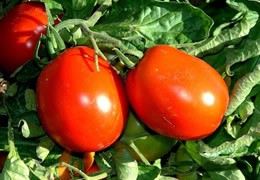
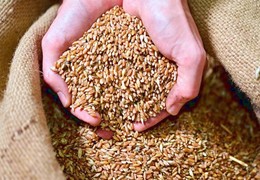

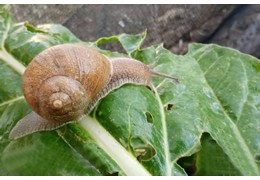
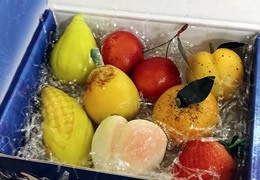

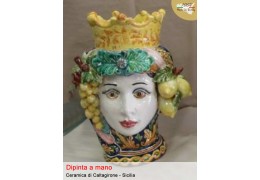
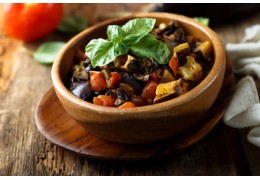
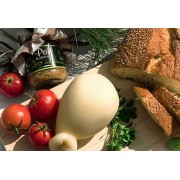

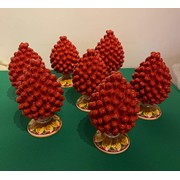
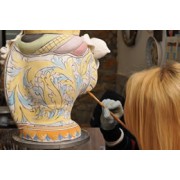
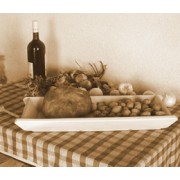
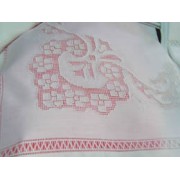

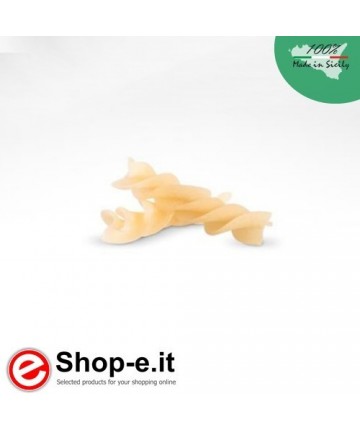
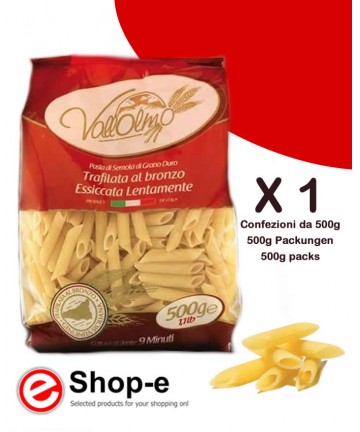
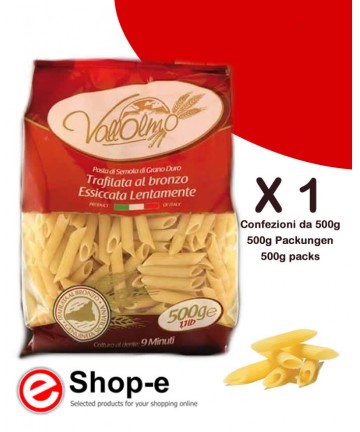

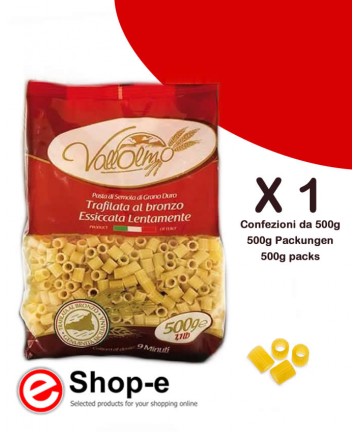
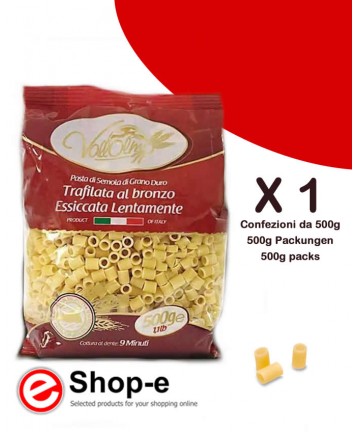

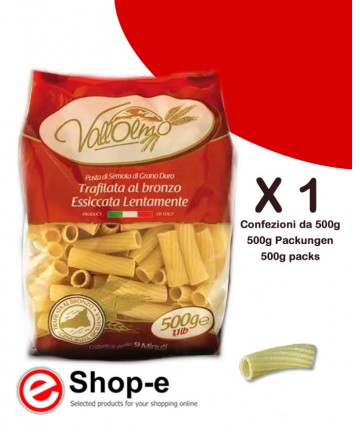
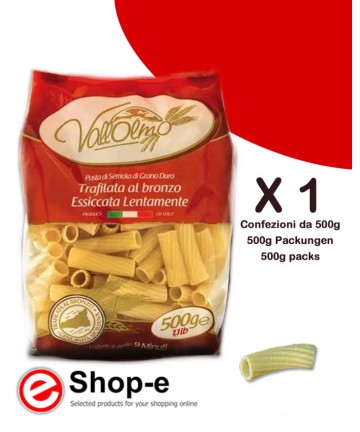
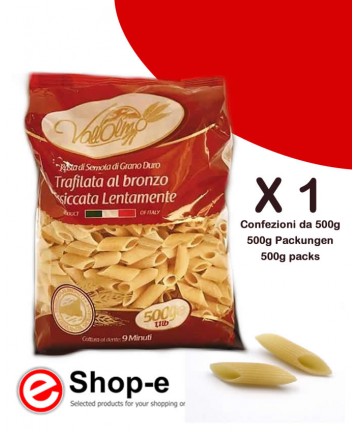
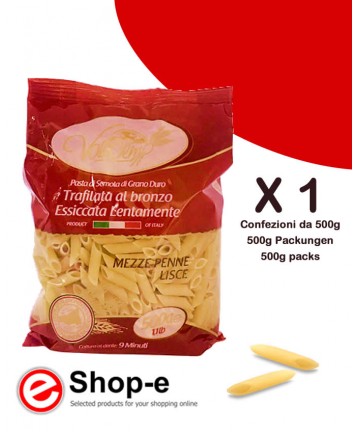
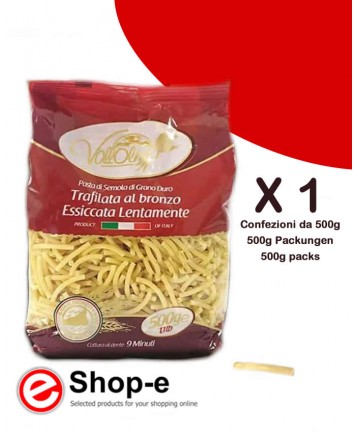
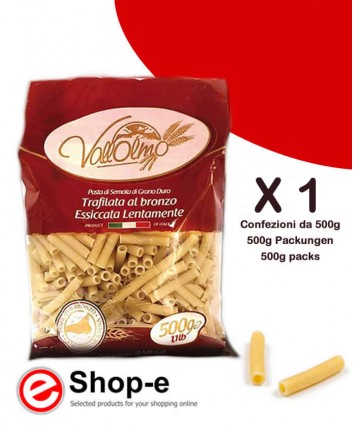
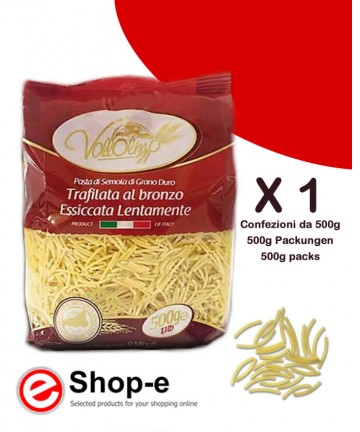
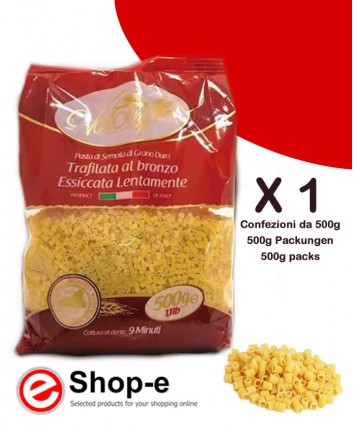
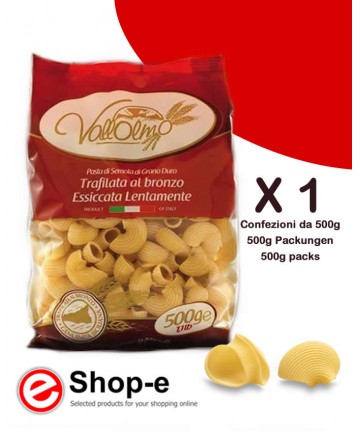
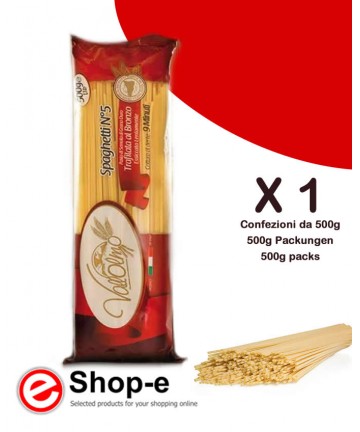
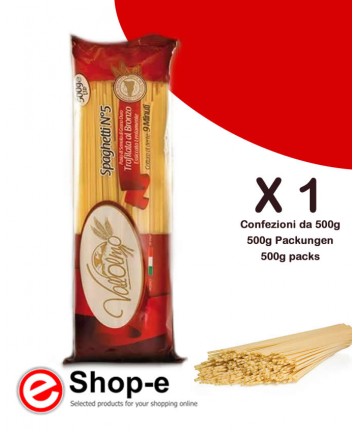
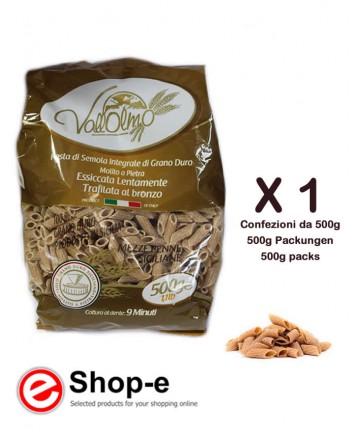
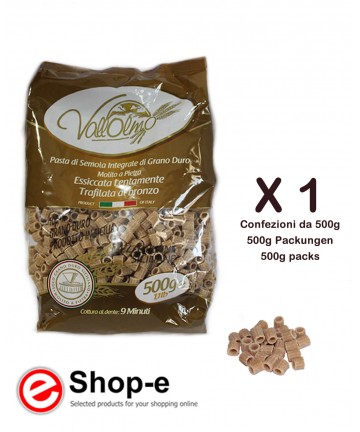
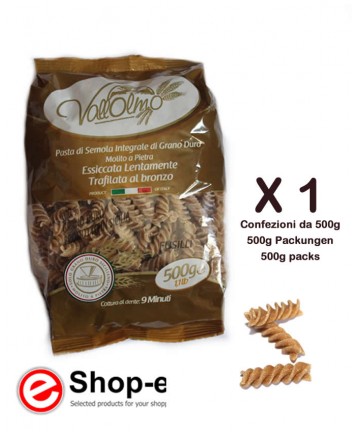
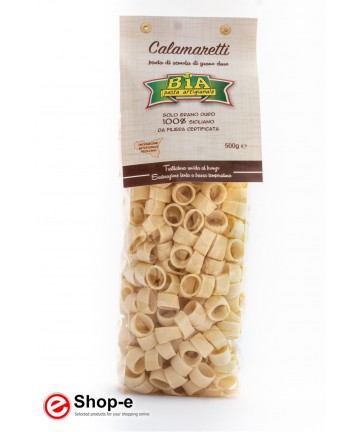
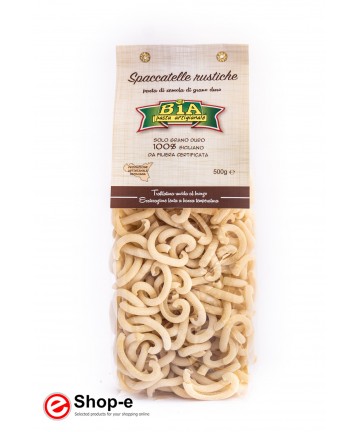
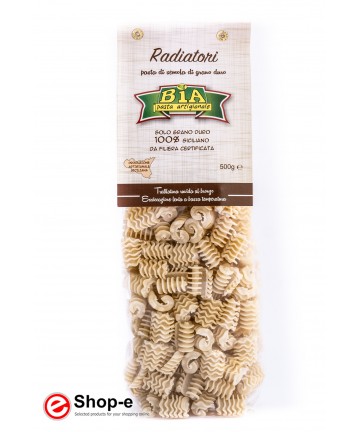
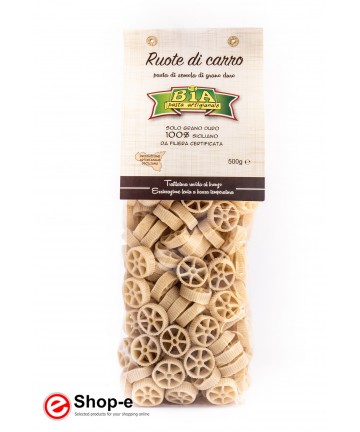
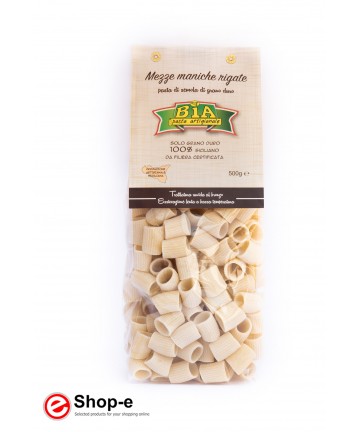
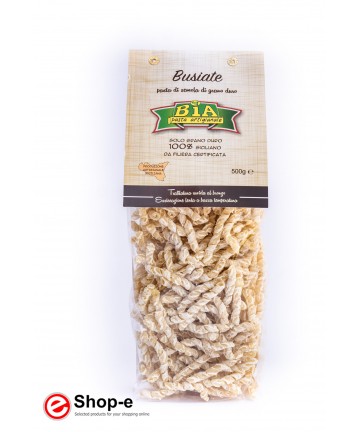
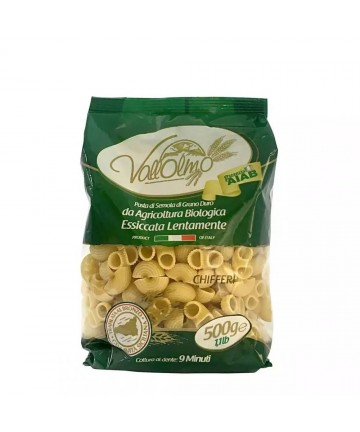
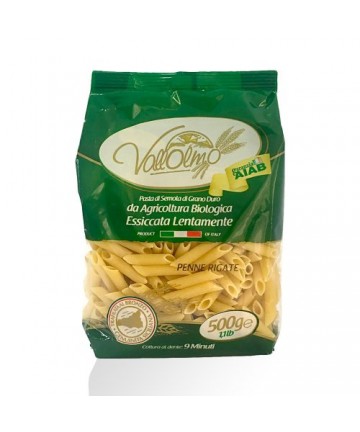
Latest comments